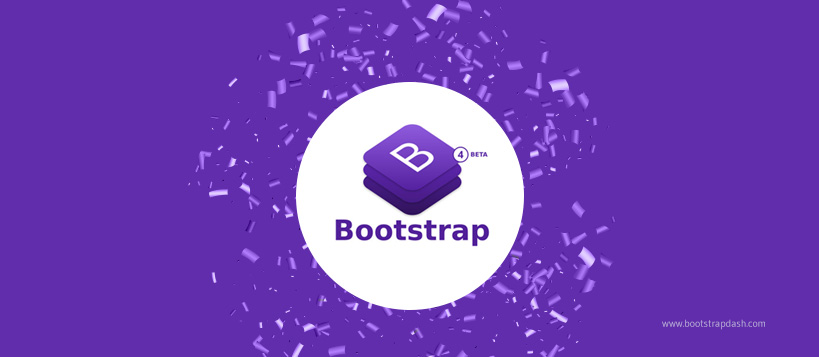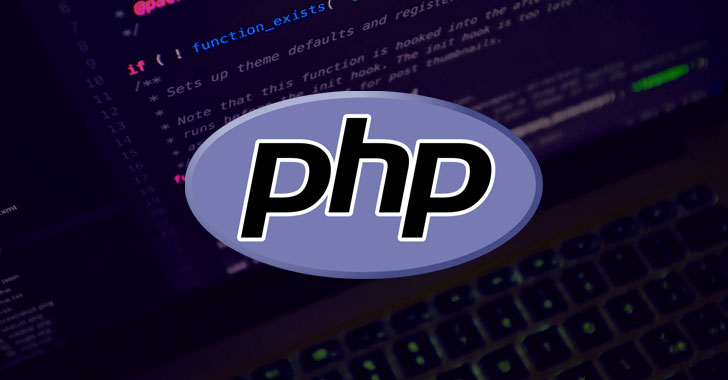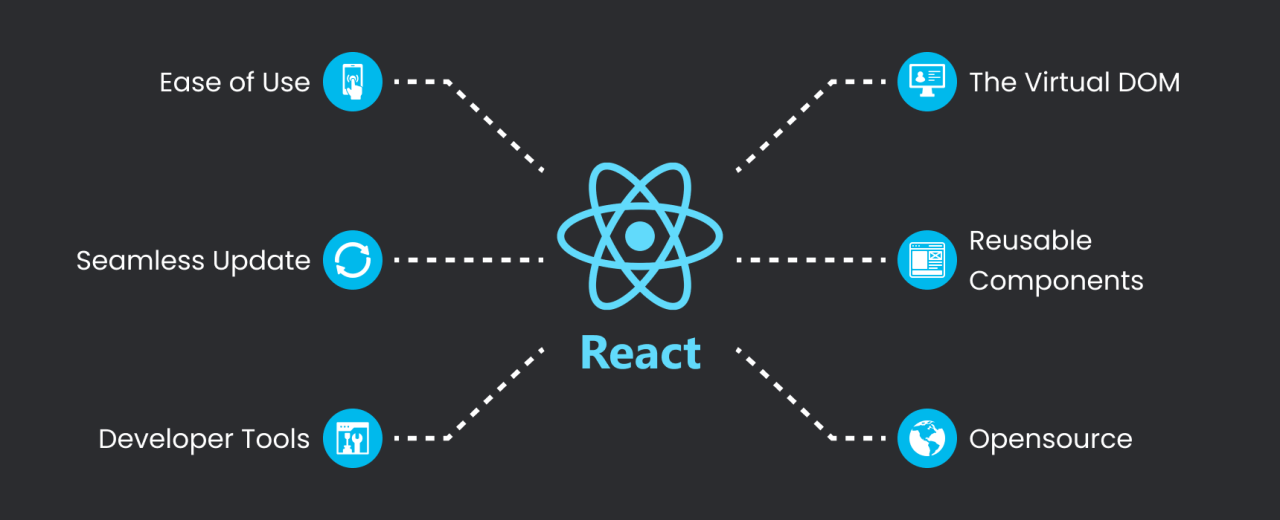My Journey Through Learning Web Development
My Journey to Becoming a Frontend Developer
Embarking on a journey to become a proficient frontend developer involves mastering a variety of technologies and applying them through practical projects. Here’s a detailed account of how I navigated through different stages of learning and project development, from basic web technologies to advanced frameworks.
Starting with the Basics: HTML, CSS, and JavaScript
My adventure into web development began with the foundational technologies: HTML, CSS, and JavaScript. Here’s how I structured my learning and applied these skills.
1. HTML and CSS:
- HTML: I started with HTML to learn how to create the basic structure of web pages. Understanding tags, elements, and the overall document structure was my first step.
- CSS: Next, I delved into CSS to style these web pages. I learned about selectors, properties, and how to create responsive designs.
- Practical Tasks: I applied my knowledge through various tasks, creating simple web pages and gradually increasing their complexity. This hands-on practice helped me solidify my understanding of HTML and CSS.
JavaScript:
- Basics of JavaScript: Once I had a good grip on HTML and CSS, I moved on to JavaScript. Learning about variables, functions, loops, and event handling was crucial.
- Dynamic Web Pages: I built small projects like interactive forms and simple games, which enhanced my understanding of how JavaScript adds interactivity to web pages.
Mastering Databases: SQL
After building a strong foundation in frontend development, I turned my focus to understanding databases, specifically SQL.
Learning SQL:
Core Queries: I studied SQL queries to create, insert, update, and delete records in a database. These operations are fundamental for managing data.
Practical Application: Working with SQL queries helped me understand how to interact with databases, an essential skill for backend development.
Enhancing Design Skills with Bootstrap
To enhance my design capabilities, I learned Bootstrap, a powerful front-end framework that simplifies the process of creating responsive websites.
Bootstrap Framework:
- Components and Grid System: I explored Bootstrap’s components and grid system, which made it easier to create complex layouts.
- Responsive Design: Using Bootstrap, I built responsive and visually appealing web pages quickly.
Project Application:
- Comprehensive Website: I applied my Bootstrap knowledge to create a large, fully functional website. This project helped me understand how to leverage Bootstrap effectively and reinforced my CSS skills.
Advancing to Backend Development: PHP :
PHP Basics
- Learning PHP: I started with the basics of PHP, understanding how to create dynamic web pages and handle server-side logic.
- Mini Projects: To practice PHP, I built two mini projects. These projects allowed me to apply my PHP knowledge in real-world scenarios and improve my backend skills.
Building Interactive UIs with React :
React Basics:
- Learning React: I started with the basics of React, understanding components, state, and props.
- Project Development: I created two projects with React. One was an MCQ test application, and the other was a management system for a sugar factory. These projects helped me grasp the practical aspects of React and improve my skills in building dynamic UIs.
Exploring Advanced Backend: Laravel and APIs
Laravel Framework:
Conclusion
From mastering the basics of HTML, CSS, and JavaScript to exploring advanced frameworks like React and Laravel, my journey as a frontend developer has been both challenging and rewarding. Each step of the way, I applied my knowledge through practical projects, solidifying my understanding and building a robust skill set. This comprehensive approach has equipped me with the tools and confidence to tackle real-world web development challenges.






Comments
Post a Comment